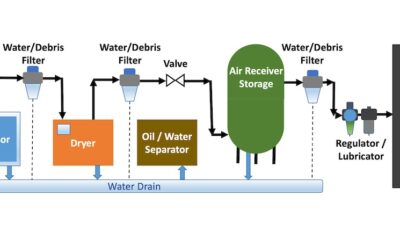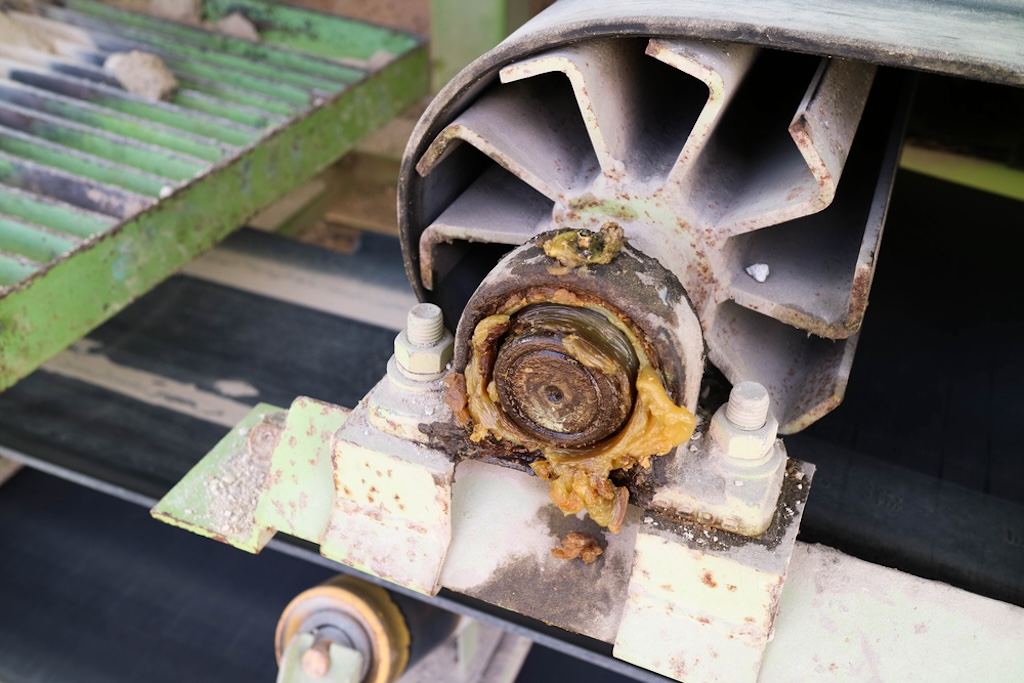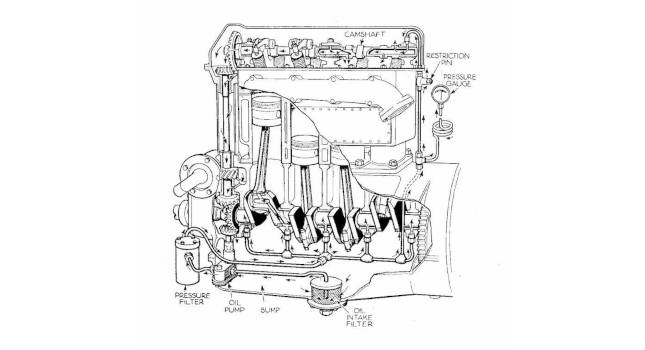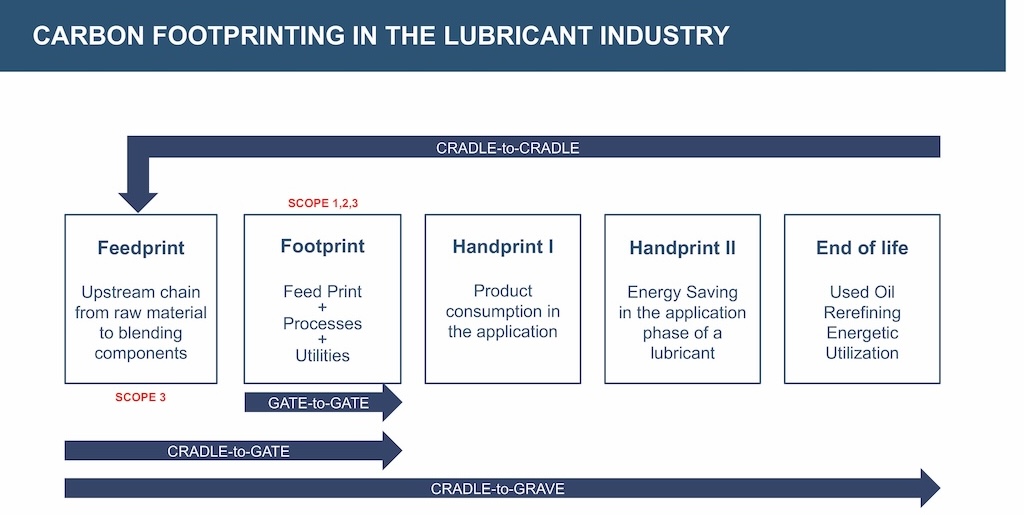Know the effects contamination can have on grease within equipment, and ways to help reduce or stop these effects.
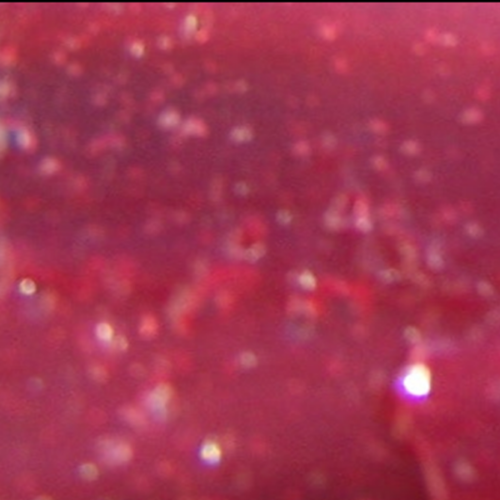
Learning Objectives
- Know the importance of reducing/eliminating contaminants in grease, including ways to reduce/stop these contaminants by consulting various industry standards.
- Understand the importance of reducing or stopping grease contamination.
- Learn what types of maintenance are required when considering contaminants in grease.
Grease insights
- Grease is essential for lubricating rolling element bearings, but contamination from dirt, water, chemicals or air can lead to increased wear, reduced efficiency and equipment failure.
- Because grease contamination is harder to detect than oil contamination, proactive maintenance, proper storage and adherence to cleanliness standards are critical for ensuring reliable machinery performance and longevity.
Grease is the most used lubricant in rolling element bearings and is estimated to lubricate 80% of bearings. It is critical to reducing friction, preventing wear and prolonging the life of bearings in industrial equipment. However, grease contamination can lead to significant issues including reduced machinery efficiency, increased wear and, ultimately, equipment failure. Identifying the types of grease contamination and their causes can facilitate the development and implementation of effective measures to optimize equipment operation and reliability.
Why is grease contamination overlooked?
The average maintenance tech knows contaminated oil leads to bearing failure. Unlike oil, where fluid is circulated and can be filtered and where sight-glasses allow contamination to be visible, grease contamination is more challenging to remove and detect at first glance:
- Greased bearings are sealed: Because grease is typically not circulated like oil, the bearings are sealed, therefore the grease is not visible. The only way to detect contamination is to flush the bearing with new grease or remove the bearing from service.
- Grease contamination may be invisible: Another reason why efforts to keep grease clean may be less prioritized is because the problem goes under the radar. When oil meets moisture, the oil becomes cloudy or separates into a free-water phase. Even high dirt concentrations, if left still in a clear container to settle, will become apparent as a deposition layer, although the individual particles may not be visible. With grease, contaminants may be suspended within the thickener. This makes it difficult to see, which is why it’s important to provide extra care for your grease products before introduction to the bearing.
Types of grease contaminants
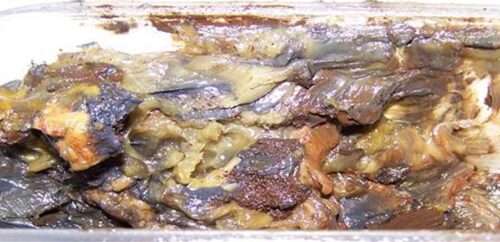
Though hard to identify, it is important to understand the types of contaminants to look for to implement effective prevention and maintenance of the product:
- Solids: External contaminants such as dust, dirt and debris can enter grease through open bearings, poorly sealed components or improperly stored grease. These particles can cause abrasive wear and friction on moving parts and degrade the grease’s effectiveness. Bearing material caused by wear can further contaminate the grease causing increased wear and promoting oxidation within the grease.
- Water: Moisture can enter grease through condensation, leaks or direct exposure to water. Water contamination can lead to grease breakdown, reduced lubrication properties and result in rust and corrosion.
- Chemical contaminants: Exposure to harsh chemicals and solvents can alter the chemical composition of grease, affecting its performance and stability. In addition, process water used in the facility can be extremely corrosive and cause increased wear in unshielded bearings.
- Cross-Contamination: Using different types of grease or mixing incompatible greases can lead to a number of performance issues, resulting in grease that does not provide the right lubrication and protection. Incompatible thickener types can result in the grease softening or hardening in service. Incompatible additives may compete for surface area resulting in increased wear and corrosion of the bearing surface.
Air as a contaminant
When contamination comes to mind, one often thinks of particulate and water contamination. The truth is that there are many other contaminants one should consider and attempt to control. Contamination should be defined as any material not contained in the lubricant’s formulation. Contaminants can potentially damage the lubricant and the lubricated components. Although air is always present, it is important to adopt measures to minimize its presence in grease applications. Air entrainment, where air bubbles or pockets become trapped within the grease, can have detrimental effects on the performance and longevity of both the grease and how it impacts operations:
- Grease displacement: Air can displace grease from the desired surface, causing loss of lubrication.
- Incorrect amount of grease applied: When adding grease by volume, air entrainment can cause the addition of less grease than needed.
- Compressed air: Compressed air under pressure can cause the air bubbles to collapse, an effect called cavitation. When the bubbles collapse, they emit a shock wave, which can cause damage to the parts. Compressed air can reach elevated temperatures causing the grease to oxidize or even start a fire.
Selecting a supplier that makes the removal of air prior to packaging a priority is an essential first step to avoiding air entrainment. Transferring grease from one container to another should be avoided to reduce the introduction of air.

Overall, contaminated grease can result in compromised operation of components, reducing overall efficiency and equipment lifespan. It also leads to higher maintenance costs from unexpected repairs and poses increased safety risks.
Grease cleanliness standards
Fortunately, there are industrial analysis tools available to measure cleanliness and maintain the quality and performance of greases:
- ASTM D1404: Standard Test Method for Estimation of Deleterious Particles in Lubricating Grease measures the number and size of hard particles in grease. This test helps determine the level of contamination by solid particles, which can affect lubrication performance and lead to premature wear of machinery. By identifying and quantifying solid contaminants, this test helps prevent damage to bearings, gears and other critical components that can result from abrasive particles.
- The Hegman gauge: This test evaluates the size and distribution of particles within the grease, providing a measure of the dispersion’s smoothness and consistency. It helps determine the smoothness of the grease, which is crucial for ensuring that it can effectively lubricate moving parts. This test can reveal the presence of particles that might not be visible through the ASTM D1404 Test.
The combined results from these tests could indicate both the number and size of particulates in the grease. Together, these tests play a crucial role in quality control and operational efficiency in lubrication systems. Purchasing grease from a trusted, reputable supplier in properly marked containers is the surest way to know that you are receiving contaminant-free grease.
Grease contamination prevention and mitigation
Ensuring the cleanliness of greases in their handling and introduction to the machine is key to preventing contamination. Grease cannot be effectively filtered post manufacture because, unlike fluids, it does not flow easily through filters. This makes the removal of particulates difficult. Moreover, fine filtration methods may cause shear, which can reduce the ability of the grease thickener to maintain its consistency and keep it in place within the machine. For effective prevention and insurance of the effectiveness of your grease, it’s important to focus on both proper handling and storage practices. Proper storage is key in caring for grease and protecting against contamination:
- Store grease inside when possible. This will help avoid contamination, including water contaminants. Grease containers should be clean and stored indoors in dry, cool and clean environments. Normal storage temperatures should range from 32° to 104°F. If a stored grease is exposed briefly to severe temperatures or environmental conditions, technicians should consult their grease supplier for advice.
- Avoid temperature swings. Containers exposed to wide temperature changes can draw in moisture, which can condense and contaminate the grease.
- Use separate equipment such as separate pumps and follower plates to help avoid cross contamination. Where multiple greases are dispensed from grease guns, carefully mark the gun with the grease in that gun.
- Keep containers dry. Moisture can create premature wear and corrosion affecting the grease’s ability to protect the equipment. When storing outside, it is recommended to raise the grease containers on pallets and keep them covered.
- Follow first in, first out inventory rule. Once a container is open, the grease should be used as soon as possible to avoid potential contamination or degradation. Because the rate of grease degradation can be impacted by exposure to contamination and/or storage and handling conditions, the listed shelf life for a grease is no longer applicable once the container is opened.
- Keep grease fittings clean. Before applying grease to a small metal fitting that allows grease to be injected into a mechanical joint, known as a “zerk,” carefully remove any dirt or dust from the zerk with a clean rag. Failure to do so can result in solids being introduced to the bearing with the new grease.
- Dust caps may also be applied to grease zerks. These caps are inexpensive, but they may have a short life expectancy depending on the service environment.
- Exposure to sunlight and washdowns or being in heavy traffic areas can reduce the life expectancy of these caps. Therefore, all dust caps should be inspected frequently to ensure that they have not been compromised or are unable to properly protect the grease fittings.
- Purchasing dust caps in a variety of colors and shapes allows them to be employed for multiple purposes. Not only can they be used to help prevent particle ingressions, but the different colors can help identify which grease to apply or indicate the frequency for how often a grease point should be relubricated.
Grease contamination is a critical yet often overlooked issue that can have profound effects on industrial machinery performance and longevity. Understanding the types of contaminants — dirt, water, chemicals and air — and recognizing the signs of contamination are key to preventing equipment failures and maintaining optimal operation. By implementing cleanliness standards and proactive maintenance strategies, you can safeguard your machinery against the effects of grease contamination. Prioritizing grease cleanliness enhances the efficiency and reliability of your equipment, while extending its operational life and contributing to a more productive and cost-effective industrial environment.
